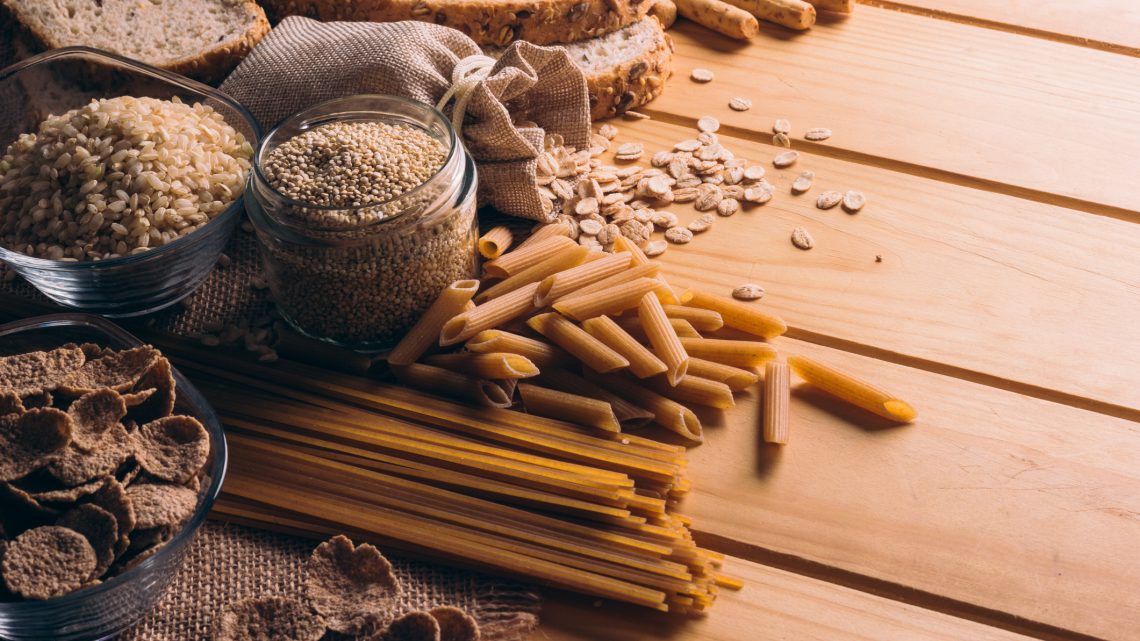When talking to my clients they often hear me talk about eating more fruits, vegetables, and whole grains. Eating more fruits and vegetables can be challenging but it makes sense to eat more of them. Whole grains on the other hand, seem to come with some baggage. Some clients say whole grains have too many carbohydrates and others say bread is bad for you while many others say I do not like the taste of whole grain foods.
Let’s try to put your mind at ease with some facts about whole grains.
Many foods are considered to be whole grain food. Whole-wheat bread, quinoa, brown rice, whole wheat pasta, oatmeal, corn, barley, whole wheat tortillas, and buckwheat are a few options. Whole grain foods are good sources of fiber, B vitamins, protein, antioxidants and trace minerals such as iron, zinc, copper and magnesium. Not to mention whole grains contain plant compounds like polyphenols, stanols and sterols. All of these nutrients may benefit our health contributing to reducing risk of heart disease, stroke, type 2 diabetes, inflammation, obesity, and some cancers. Whole grain consumption also may be beneficial in improving digestive health and overall longevity.
There are people however who do not benefit from adding certain whole grains to their diet. Those with celiac disease, gluten sensitivity and some people with irritable bowel syndrome may have difficulty tolerating grains. Gluten is often the reason for these intestinal issues. Fortunately, not all whole grains are created the same; buckwheat, rice, oats, and amaranth have been tolerated by those who are sensitive to gluten.
The texture and flavor of whole grain food products can take some getting used to when attempting to transition from refined grains to whole grains. When moving to whole grain pasta like spaghetti, try to make your dish half whole grain pasta and half refined grains. Or better yet, try to use a different pasta shape all together. The different shapes of the pasta can help hide the unfamiliar texture.
When selecting a whole grain bread product, packaging labels can be extremely confusing. There is a trick though to help you sneak past all the clever marketing jargon on the package.
If the bread loaf has an ingredients list, the best and most whole grain bread will have the word ‘whole’ as the very first word on the list. If the first word is ‘enriched’ or ‘unbleached’, then you should keep looking for a true whole grain bread.
The truth is whole grain foods like bread, rice, and quinoa can be part of a complete and balanced diet for many people. For those who cannot tolerate gluten there are still many options. Incorporating these foods in your diet can be a challenge but is extremely beneficial to your overall health outcomes. When I think of whole grains and bread products I am reminded of one of my favorite verses in the Gospels, ”…It is written, Man shall not live by bread alone, but by every word that proceedeth out of the mouth of God.” Matthew 4:4.








